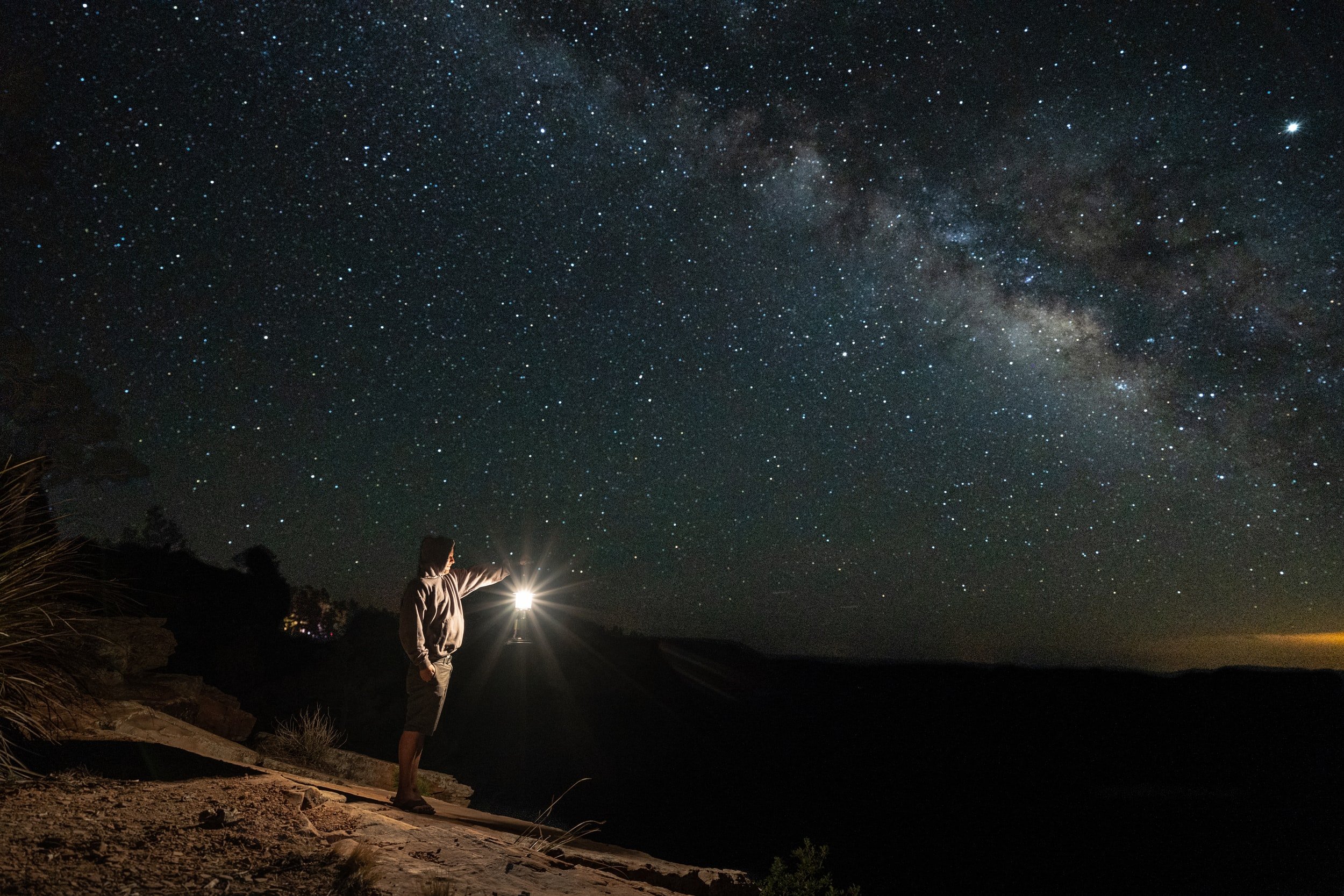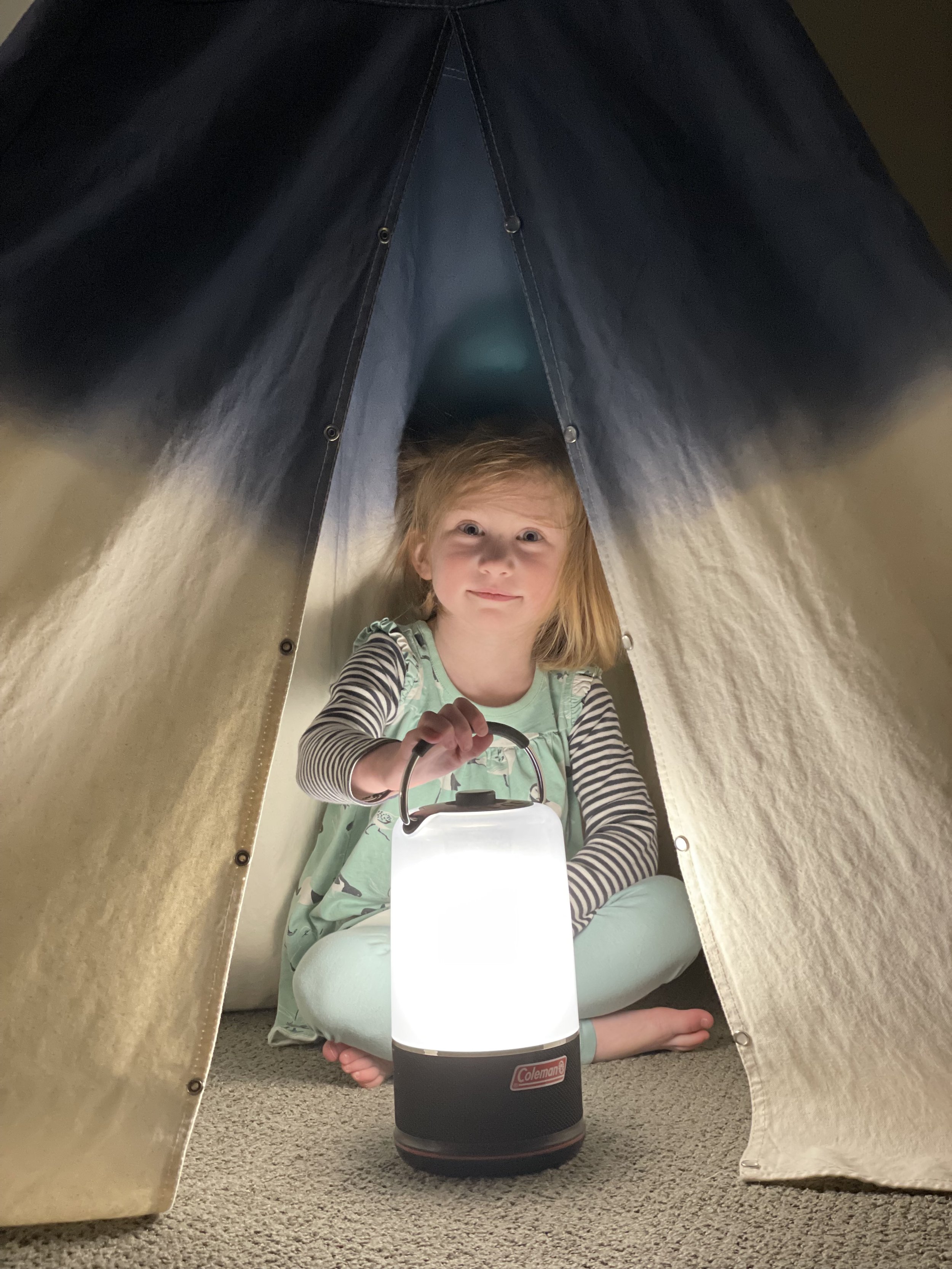
How Bright Are Lumens? And How Many Lumens Do I Need for Camping
Lanterns, Headlamps, and Such?
The lumen is much like the watt, the amp, the horsepower, or the degree Kelvin; you likely have a vague understanding of what it means and to what it’s relevant, but if asked for a clear definition, you might say something like:
“What’s a lumen? Oh, yeah, that’s how bright a bulb can be per watt or amp output measured in… Kelvin color temperature and… um, watts… Gustav Klimt.”
Are we about on target there? No problem, we had to do our research back in the day, too. Let’s get right to the heart of the matter with this quick and, dare we say, illuminating explanation of the lumen:
A lumen is a measure of brightness put out by a lightsource.
That’s it, it’s just a way to measure how bright something is, with that something usually being a bulb. The more lumens, the brighter the light; the fewer, the darker.
Now, how bright is one lumen?
Not very. The brightness of one lumen is about the same as the amount of light cast off by one of those small birthday candles held about a foot from your face. On the other hand, don’t think of a bulb that emits more than a thousand lumens as incredibly bright or anything – a standard 75-watt incandescent light bulb emits about 1,000 lumens, but its light is shined equally in all directions, so the light is pleasant unless you are staring right at the naked bulb.

Excited for nighttime at the campsite thanks to their trusty kid-sized lantern

Readying a headlamp as the sun sets in the mountains of Colombia

Play camping is better than no camping at all
Flashlights and headlamps can have a lower lumen rating than a lightbulb and still be quite bright and powerful because they send their light in a concentrated direction. The fact that the sun shines out in all directions from 93 million miles away and is still powerful enough to cause a sunburn is… hard to fathom. What’s not hard to fathom is how many lumens you need in a good flashlight or headlamp.
A headlamp or flashlight that puts out between 200 and 300 lumens should be suitable for just about all casual camping, night hiking, or general use activities ranging from changing a tire to finding the breaker box during a power outage to grilling at night. If you hike or mountaineer at night regularly, go with a brighter light and mind the length of the beam’s throw, too.
If you really just need a flashlight or headlamp that will help you find a spot for relief at night or to skewer another marshmallow, 200 lumens is plenty. In fact, 100 will suffice, so don’t worry about a lower brightness output.
As for how many lumens you need in a lantern for camping, again your use case is the real operative – there’s no definitive number here. A good lumen number for a camping lantern, if you feel more comfortable having a figure to go off, would be 750 lumens. This will create a circle of useful light with a radius of about 25 feet. That’s enough to illuminate most of a campsite enough for you to see what you’re doing. Within a dozen feet of a camp lantern rated at 750 lumens, you can read, prep a meal, or play a game.
For the record, a much dimmer lantern is fine as well; a 300 lumen camping lantern will fill a picnic table with light so you can work or play, and will cast some pleasant glow beyond in all directions as well.
For a camping lantern used in the tent, a 100 to 200 lumen setting is ideal, as that will fill the tent with a useful light but not be a glaring eyesore. For a lantern used as a tent nightlight, look for an option to set the brightness to 50 lumens or even below.
And in case you want a few points of reference, the light on a newer iPhone shines at about 40 lumens, a tactical police or military flashlight may be rated up to a super bright 3,000 lumens, and the sun puts out about 35.73 octillion lumens at all times.

